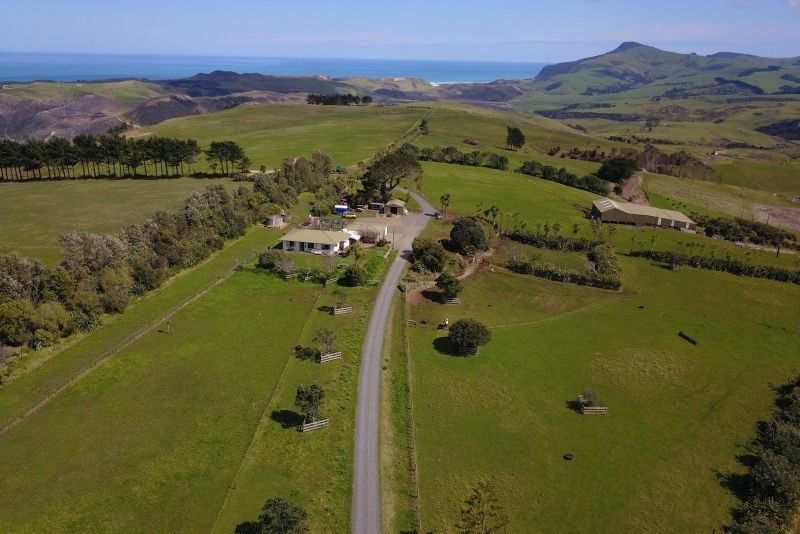
APOLLOONE SOFTWARE SOFTWARE
The computer system and its software that controlled the spacecraft - called the Apollo Guidance Computer and designed by the MIT Instrumentation Lab team under the leadership of Eldon Hall - were remarkable achievements that helped push technology forward in many ways. But many other aspects of the Institute’s involvement in the Apollo program and its legacy, including advances in mechanical and computational engineering, simulation technology, biomedical studies, and the geophysics of planet formation, have remained less celebrated.Īmid the growing chorus of recollections in various media that have been appearing around this 50th anniversary, here is a small collection of bits and pieces about some of the unsung heroes and lesser-known facts from the Apollo program and MIT’s central role in it. MIT’s role in creating the navigation and guidance system that got the mission to the moon and back has been widely recognized in books, movies, and television series. The Institute’s involvement continued throughout the program - and is still ongoing today. MIT’s deep and varied connections to that epochal event - many of which have been described on MIT News - began years before the actual landing, when the MIT Instrumentation Laboratory (now Draper) signed the very first contract to be awarded for the Apollo program after its announcement by President John F.


That moment changed the world in ways that still reverberate today. Fifty years ago this week, humanity made its first expedition to another world, when Apollo 11 touched down on the moon and two astronauts walked on its surface.


 0 kommentar(er)
0 kommentar(er)
